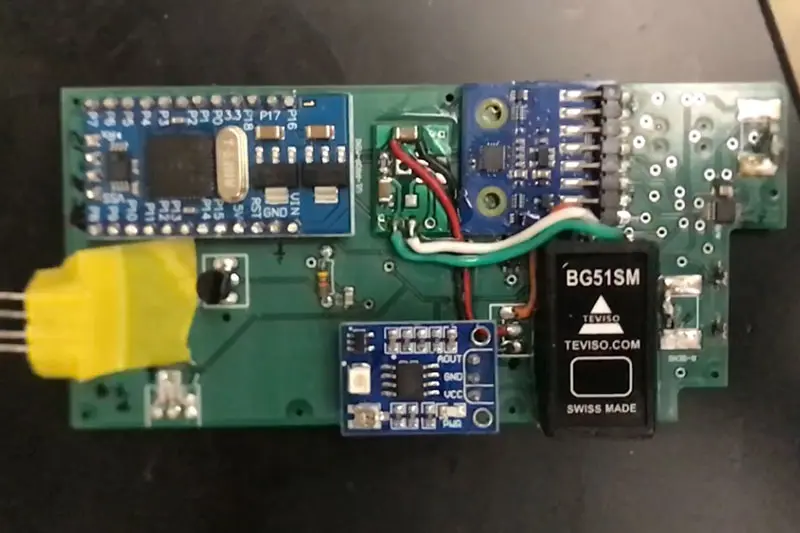How many people can say they’ve helped design, build and launch a real satellite? For Taylor students studying Computer Science and Engineering, this unique opportunity is offered to anyone with a passion for problem-solving. Working together to create and program a real, launchable satellite provides both valuable real world experience and noteworthy resume points.
“Building satellites is usually graduate student work, but most of this work was done by sophomores and freshmen,” said Dr. Steven Dalcher, who serves as Engineering Project Support.
Taylor’s Sat7 is just one of the projects that offer undergraduates the experience of a lifetime. The Computer Science department is full of these project-based experiences with nationally renowned programs. Students have the opportunity to interact with cutting-edge technology and learn from faculty members who are well-versed in their field.
Not Your Average Computer Science & Engineering Program
What is important about building a satellite?
Sophomore Tessa D’Souza said, “This satellite will be the first to use the low-power Parallax [Propellor microcontroller] in space and will provide environmental data from the Low Earth Orbit region, which is an important area of space with limited data related to space weather.”
Sat7 uses a board custom designed by a Taylor graduate and its maiden launch is scheduled for 2021. Dalcher explained that the ThinSats deploy as a tethered group of small ThinSats and relay information through a larger mothership back down to Earth. The group of faculty and students working on the project received only limited information back on earth from the previous satellites, so their current studies are on the physical forces the satellite will experience during launch and while in orbit.
When the satellite program began in 2001, it was intended to allow remotely-located missionaries to have access to email and online information. Now, 20 years later, the university’s sixth and seventh satellites are in the works and are prime examples of the growth and success of the program.
“It has been an amazing adventure!” Dalcher said. “In the first meetings students showed up without any real idea of what they would be doing. Our student leaders Jeff Jewett and Isaac Wickham [led] different tutorials about the systems we would be interacting with and [walked] newer students through how to create the sensor trees, programs, etc. I mean, what an experience for all the students.”
Small School, Lots of Opportunities
Sending satellites into space is no small feat. We are proud to offer an experience that puts the Taylor computer science and engineering majors on the map.
“Our program at Taylor is heavily project-based,” Dalcher said. “Our students graduate with the valuable experience that comes from repeatedly tackling hard, sometimes only partially defined, projects—and succeeding. The students have the competence and confidence that comes from repeatedly having succeeded on hard tasks.”
Dalcher said Taylor has a wide variety of courses for a school of its size, with course selections similar to what you may find at a much larger school. Since students learn to problem-solve in a collaborative environment through projects such as the satellite program, the Center for Missions Computing, and other opportunities—in addition to classroom work—computer science and engineering students are prepared for a variety of contexts and careers.
Interested in studying computer science? Learn more here about Taylor's dynamic major programs.

